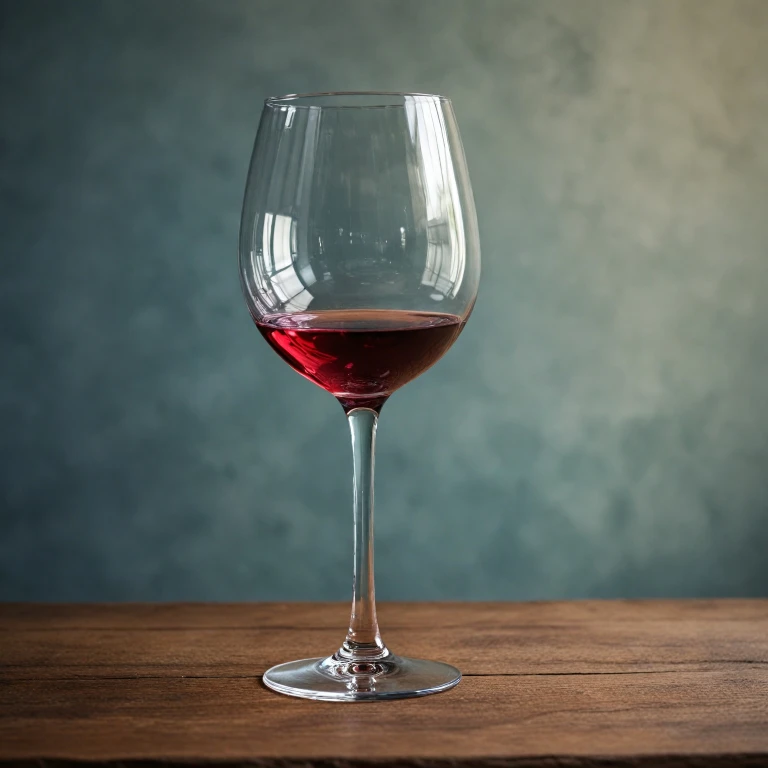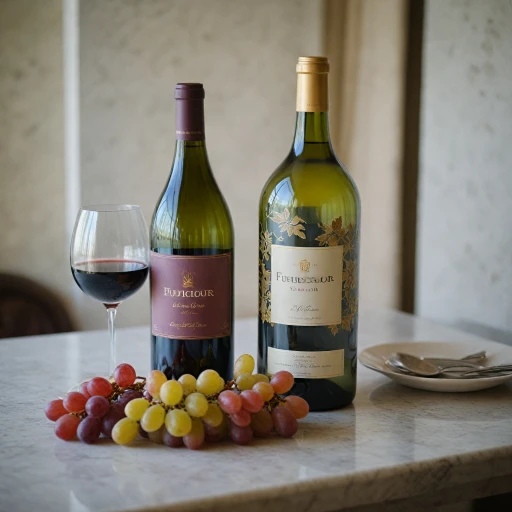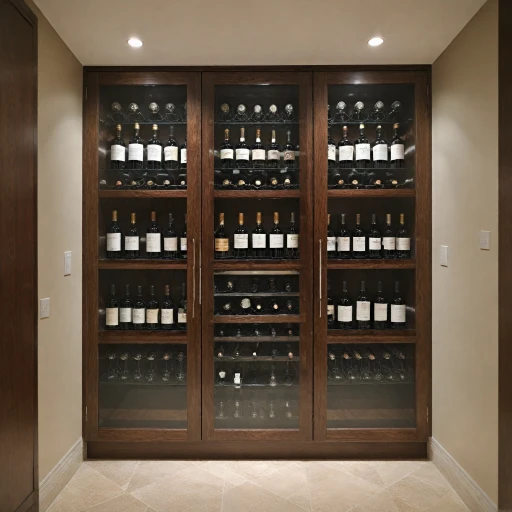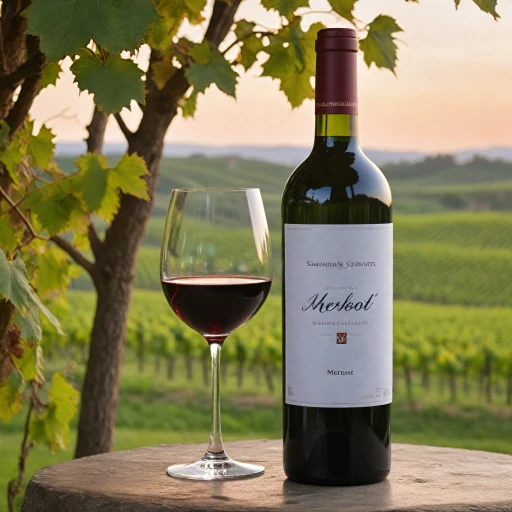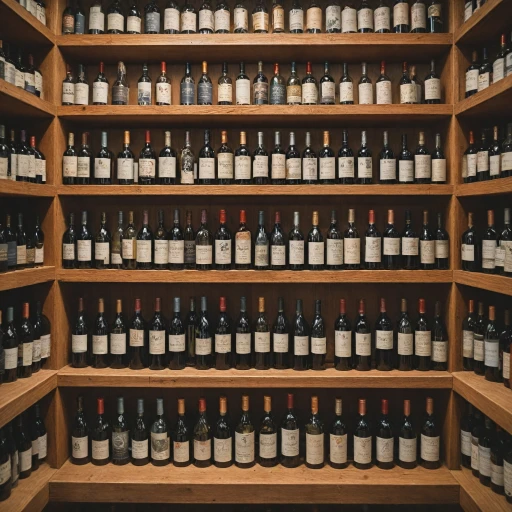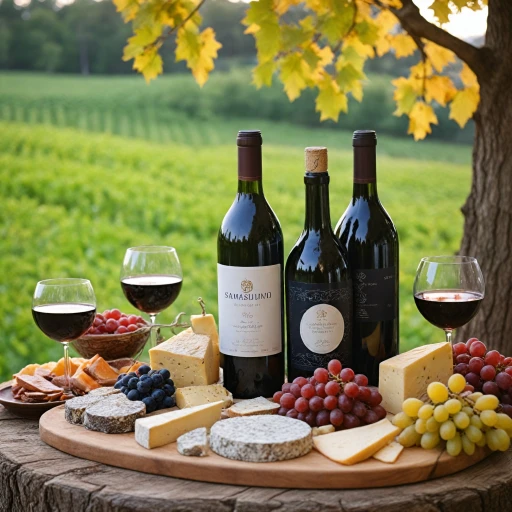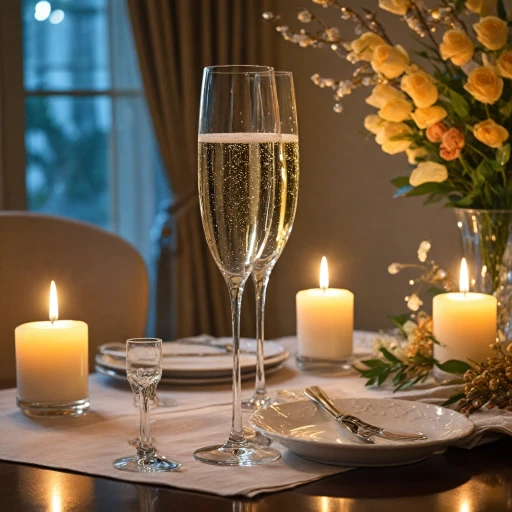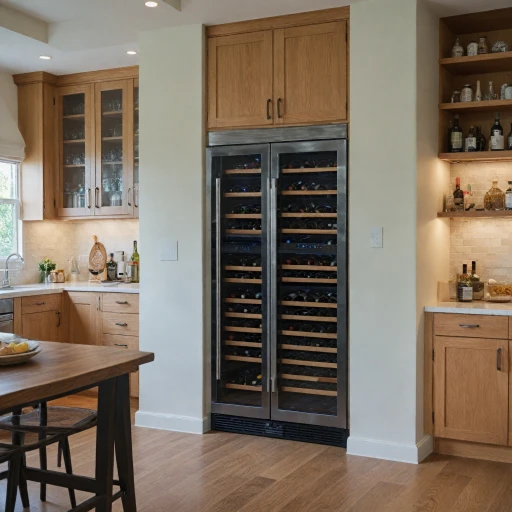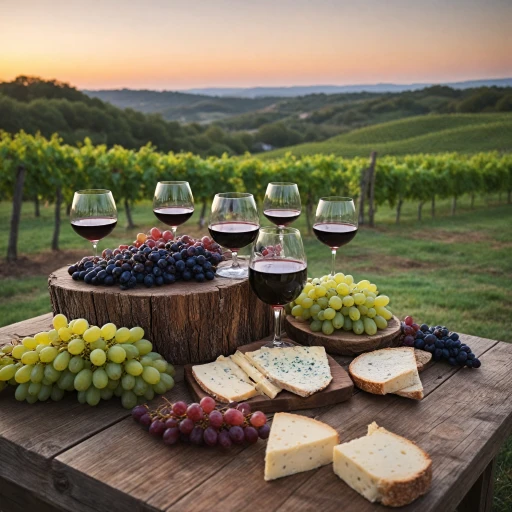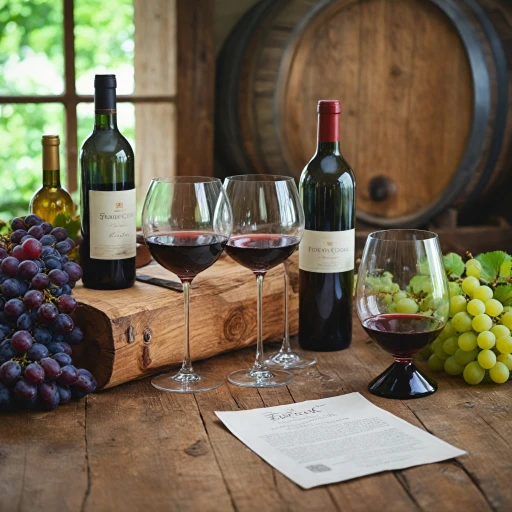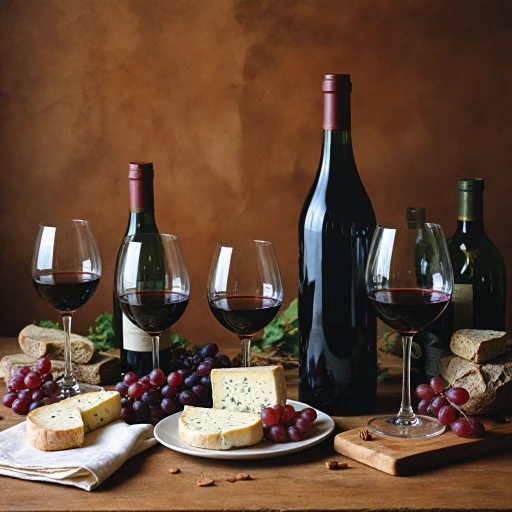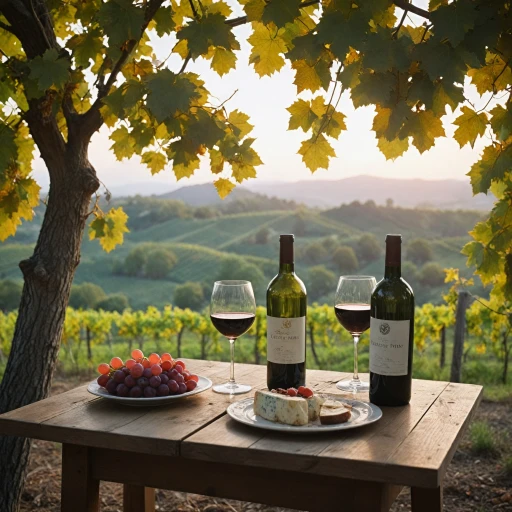The Bowl: Where Aroma Meets Flavor
Exploring the Heart of a Wine Glass: The Bowl
The bowl of a wine glass serves as the core where the magic of aromas and flavors come alive. Designed with a specific shape, it allows for the optimal expansion of wine's bouquet, significantly enhancing your wine tasting experience. Different types of wines, such as red wine, white wine, and sparkling wine, benefit from varied bowl shapes. For instance, a bordeaux glass, often deeper and wider, is especially suited for full-bodied red wines like Cabernet Sauvignon or a classic Pinot Noir. In contrast, white wines, including a crisp Sauvignon Blanc, demand a narrower bowl to preserve their delicate aromas and retain the desired chill. On a more subtle level, the size and curve of the bowl also influence how the wine hits your palate. This thoughtful design helps to highlight certain flavors, whether it's the fruitiness of red wines or the light floral notes of a rose wine. Interestingly, the bowl's shape can profoundly impact your perception of a wine's complex profile, making each sip an adventure in taste. Choosing the right bowl for your wine glass becomes a crucial task for elevating the overall tasting experience. Each type of glass is crafted to complement specific wines, which is why understanding these nuances is essential for any wine enthusiast. By selecting the appropriate glassware, you can truly appreciate the subtle note and intricacies that wines have to offer. To learn more about choosing the perfect wine fridge for storing your collection, you can explore the best 24-inch wine fridge options here.The Stem: Functionality and Elegance
The Importance of the Stem in Wine Glass Design
When it comes to wine glassware, the stem is much more than a mere decorative feature. It plays a crucial role in enhancing the wine tasting experience, as it allows you to hold the glass without warming the bowl with your hands. This is especially important for enjoying wines at their intended temperature, be it chilled white wines or room temperature red wines.
Whether you're savoring a full bodied cabernet sauvignon or a refreshing sauvignon blanc, the stem provides a functional elegance that’s integral to wine glasses. By grasping the stem, you preserve the wine’s temperature, ensuring that the aromas and flavors develop as intended. This subtle separation of the bowl and base from direct contact with your hand allows you to enjoy your glassware with the nuance it was designed for.
The length and shape of the stem can also vary based on the type of wine you’re enjoying. For instance, glasses designed for swirling aromatic red wines like a pinot noir may have longer stems. This design aids in the aeration and release of flavors and aromas within the bowl.
The elegance of the stem also contributes to the overall aesthetic appeal of the glass. Whether you’re using a bordeaux glass for a rich red wine or a sleek glass wine for a dessert wine, the stem adds a touch of sophistication and tradition to each sip. Its slender form complements the graceful silhouette of the glass, enhancing the overall experience of wine tasting in both function and style.
The Base: Stability and Style
The foundational role in wine glass design
In the world of wine glasses, the base may seem like a simple part, but it plays an essential role in both functionality and aesthetics. A strong, well-designed base ensures stability, allowing you to enjoy your wine tasting experience without concern for spills. With different types of glassware, the base serves as the anchor that supports the bowl and stem, standing solidly on a table or other surface.
When you choose a wine glass, pay attention to the base's design and weight, as these can significantly influence your wine experience, especially when serving robust red wines like Cabernet Sauvignon or delicate sparkling wines. A broad base helps balance the glass, enhancing the aroma and savor of diverse types of wine from full-bodied red wines to crisp white wines.
While the base primarily provides stability, it also contributes to the overall style of the glass. A sleek and elegant base complements the wine glass's design, creating a harmonized look. For those seeking informative insights into selecting the perfect glassware, understanding how each component interacts is crucial. Thus, the base not only holds up the glass but elevates the art of wine drinking to a sophisticated experience.
Rim Thickness: A Delicate Balance
The Intricacies of Rim Thickness in Wine Glasses
When delving into the nuanced experience of wine tasting, the thickness of a wine glass’s rim plays a surprisingly significant role. The rim not only impacts the tactile sensation when sipping but also influences how the wine flows from the glass. A thin rim is often preferred in wine glass design, as it promotes an uninterrupted and seamless flow of wine onto the palate. This delicate balance enhances the tasting experience, allowing the nuanced flavors and aromas of the wine to shine through without obstruction. Particularly with full-bodied red wines like cabernet sauvignon or the elegant pinot noir, a thinner rim aids in delivering the complex layers of flavors effectively. In contrast, a thicker rim provides a sturdier edge but may disrupt the delicate transfer of the wine, slightly muting the tasting experience. While thicker rims might be more durable, they are not typically favored for serious wine tastings, where every subtle note matters. Choosing the right rim thickness is also about matching the type of wine. For instance, when enjoying sparkling wines, a slightly thicker rim can be advantageous to maintain the effervescence, balancing functionality with the elegance of a well-crafted stem and bowl. Ultimately, the best wine glasses will be designed with thoughtful consideration of rim thickness, tailored to enhance the intricacies of each type of wine you plan to savor.Material Matters: Glass vs. Crystal
Material Composition: An Artful Science
When delving into the world of wine glasses, one pivotal aspect that surfaces is the material from which they are crafted. Traditionally, glass and crystal are the mainstay materials utilized in wine glassware, each offering distinct characteristics that can profoundly influence the tasting experience.- Glass: Known for its durability and accessibility, glass wine glasses are affordable and versatile. While they may lack the refined finesse of crystal, they remain a popular choice for casual wine drinkers, offering a clear, simple vessel for both red wine and white wine. The bowl design in these glasses may vary, yet they retain a practical rim thickness that suits everyday use.
- Crystal: Crystal glassware exudes elegance and is often regarded as superior due to its brilliance and delicacy. The material allows for thinner rims which enhance the aromatic profile of various wines, providing a better base for discerning the intricate flavors of a cabernet sauvignon or a sparkling wine. Lead crystal, in particular, is celebrated for its clarity and strength, allowing manufacturers to create lighter, more precisely cut glasses designed to elevate the wine tasting experience.
Choosing the Right Glass for Your Wine
Perfect Pairing: Finding the Ideal Wine Glass for Your Wine
Choosing the right wine glass can significantly enhance your wine tasting experience, as each type of wine benefits from a specifically designed shape and size. The bowl, stem, and rim thickness all play a crucial role in bringing out the best flavors and aromas of your wine.
Shape and Size Matter
Different wines require different glass shapes to allow their unique characteristics to shine. For example, red wines such as cabernet sauvignon and pinot noir benefit greatly from glasses with a larger bowl, promoting better oxygenation and flavor release. On the other hand, white wines like sauvignon blanc are served best in glasses with a narrower bowl, preserving their delicate aromas and keeping them cooler.
Specialized Glasses for Specific Wines
Sparkling wines and dessert wines also require their tailored glassware. The narrow flute of a sparkling wine glass maintains effervescence, showcasing the celebration that sparkling wine brings. In contrast, dessert wines often use smaller glasses to concentrate aromas and sweetness. Choosing a wine glass that complements your type of wine is crucial for a fuller wine tasting experience.
Material Considerations
The material of your wine glass, whether glass or crystal, can also significantly impact the tasting experience. While both options have their merits, crystal glasses are preferred for their clarity and thin rim, providing an unspoiled view and elegant mouthfeel.
Ultimately, selecting the right glasses white for your wine will add an extra layer of enjoyment and depth to your wine tasting journey. Understanding the relationship between glass shape and wine type can truly elevate each sip.
